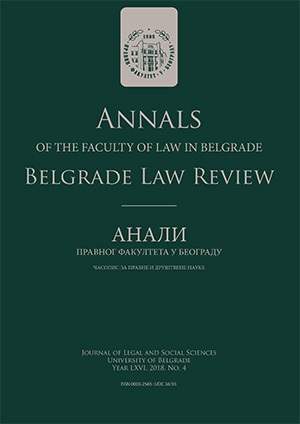The “New” Paternalism in Consumer Credit Regulation: When, Why, and How?
The “New” Paternalism in Consumer Credit Regulation: When, Why, and How?
Author(s): Ana OdorovićSubject(s): Law on Economics
Published by: Правни факултет Универзитета у Београду
Keywords: Behavioral paternalism; Consumer credit; Credit cards; Contract efficiency; Behavioral law and economics
Summary/Abstract: The paper provides a critical assessment of a new approach to consumer credit regulation called the “new” paternalism, the aim of which is to protect consumers from various biases identified within behavioral economics, while at the same time preserving the consumer’s freedom of choice. Consumer credit contracts, in particular credit cards, have evolved into an ever-growing complexity of contract terms, with a tendency to accelerate the short-term benefits and postpone the longterm costs for consumers arising out of the contract. Since both rational-choice and behavioral economics theory provide a rationale for such a contractual design, the first part of the paper confronts their predictions to argue that they are to some extent complementary and that a consumer credit regulation should not strictly align with one or the other, but rather reconcile them. The paper then discusses in more detail the features and tools of the regulatory approach of the “new” paternalism, applicable more broadly to consumer protection and encompassing three closely related ideas of libertarian, asymmetrical and weak paternalism. It also compares the theoretical foundations of the “new” paternalism to the “old” paternalism, on the one hand, which implies protecting consumers by effectively making choices instead of them, and “laissez-faire” approach, on the other hand, which entirely neglects consumers’ behavioral biases. Finally, the paper addresses the issue of which regulatory tools of the new paternalism are pertinent to the credit card market, and further considers their expected effectiveness and limitations.
Journal: Анали Правног факултета у Београду
- Issue Year: 66/2018
- Issue No: 4
- Page Range: 156-176
- Page Count: 21
- Language: English

